Aquatic Nuisance Species (ANS)

Aquatic nuisance (or invasive) species (ANS) are nonindigenous species that threaten the diversity or abundance of native species or the ecological stability of infested waters, or commercial, agricultural, aquacultural, or recreational activities dependent on such waters. ANS include nonindigenous species that may occur in our waters and that presently or potentially threaten ecological processes and natural resources. In addition to adversely affecting activities dependent on waters of the United States, ANS adversely affects individuals, including health effects.
Invasive species affect ecosystem structure and function, resulting in a loss of biodiversity or unique habitats. They cause economic and environmental damage as well as detrimentally affect human use of our natural resources by permanently degrading the habitats they invade, hindering economic development, reducing or eliminating recreational and commercial activities, decreasing the aesthetics of our environment and serving as vectors of disease.
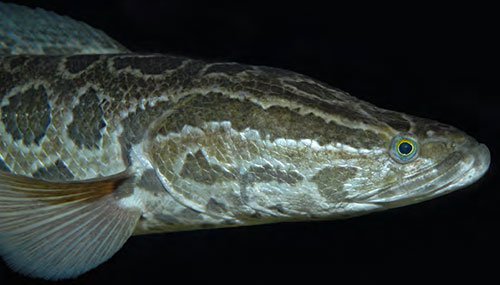
If you observe Apple Snails or their pink egg masses in the wild, please report by visiting the Aquatic Nuisance Species Report above.
Giant Apple Snail Q & A
Giant apple snails (Pomacea maculata) are native to South America, but have been introduced and established in many southeastern states. If introduced, they could harm aquatic habitats used by native fish and wildlife, and Arkansas’s rice industry. They also carry parasites that can be transmitted to humans through consumption of uncooked snail meat and contaminated produce.
Aquarium releases, hitchhiking on boats exposed to infested waters and hitching a ride in live crawfish shipments are the top three ways apple snails can be brought to Arkansas.
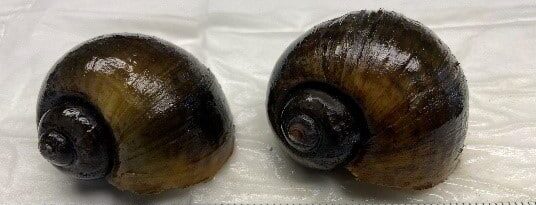
Apple Snail Reporting Form
Report Apple Snails observed in live crawfish purchases or shipments in Arkansas.
 | 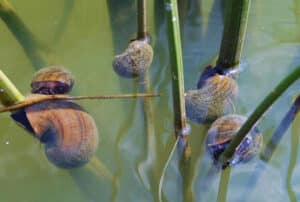 |
| Apple snails lay thousands of eggs in pink clusters just above the water and can overpopulate an area quickly. Photo courtesy of Jess Van Dyke, Snail Busters, LLC. Bugwood.com. | Giant apple snails are voracious eaters and can cause serious damage to rice crops. Photo courtesy of Jess Van Dyke, Snail Busters, LLC. Bugwood.com. |
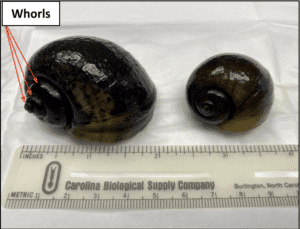 | 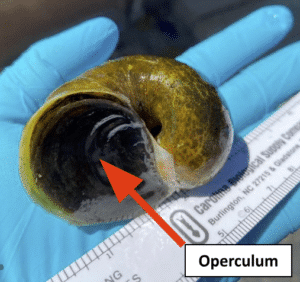 |
| Giant apple snails are larger than any native species in Arkansas, as shown by their size next to the ruler. Their shell also has characteristic whorls. AGFC photo. | A Giant apple snail with a closed operculum, or flap, used to seal the shell opening. AGFC photo. |
Invasive Species Identification
Listed below are all aquatic nuisance species (ANS), organized by taxa, that have been detected in Arkansas. Links to the USGS Nonindigenous Aquatic Species (NAS) database are provided for each species. Click on “Profile” to learn more about the species identification, ecology, home range, means of introduction into the U.S., national distribution, and ecological, economic, and/or human health imapcts.
NOTE: Distribution Maps may not accurately represent the current distribution of a species in Arkansas. Click on “Images” to view pictures of each species, most of which are linked to the University of Georgia’s Center for Invasive Species and Ecosystem Health website, or the University of Florida’s Center for Invasive Aquatic Plants website.
Other Resources
- Invasive Carp Identification Flyer
- AGFC Aquatic Nuisance Species News
- ANStaskforce.gov
- habitattiude.net
- iNaturalist Arkansas Aquatic Nuisance Species Collection Project
- invasive.org
- StopAquaticHitchhikers.org
- USDA National Invasive Species Information Center
- USGS Nonindigenous Aquatic Species Database (NAS)










